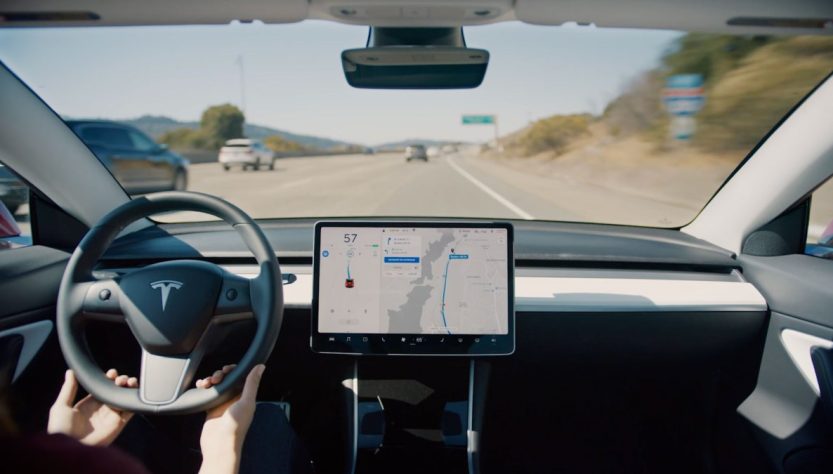
Tesla has provided the most thorough insight into the operation and comparative safety of its sophisticated driver-assistance system, shortly after Waymo’s co-CEO Tekedra Mawakana urged companies at TechCrunch Disrupt to disclose more information.
On a newly added section of its website, Tesla asserts that in North America, users of the company’s Full Self-Driving (Supervised) software are logging approximately 5 million miles between serious collisions and about 1.5 million miles before a minor crash.
This figure is significantly below the national average as per the data provided by the National Highway Traffic Safety Administration (NHTSA). According to this data, individuals encounter a major accident every 699,000 miles, and a minor one every 229,000, at least per Tesla’s interpretation.
Tesla has been publishing “vehicle safety reports” on a quarterly basis for some time. However, these reports have faced criticism for being inadequate. Furthermore, Tesla has disclosed nearly no information regarding the safety performance of the Robotaxi pilot it has been conducting in Austin, Texas, this year, where employees continue to occupy the driver’s seat for safety oversight.
Waymo, the top robotaxi firm in the U.S. currently based on the number of cars in service and clients served, has shared comprehensive data indicating that its vehicles are around 5 times safer than human operators, and 12 times safer regarding pedestrian interactions. At last month’s Disrupt conference, Mawakana was posed the question of other companies she believed were contributing to road safety.
“I can’t identify those on the list since they aren’t revealing information about their fleets,” mentioned Mawakana, while not specifying Tesla.
“I believe there is an obligation, if you are going to operate vehicles on public roads, and if you are going to eliminate the driver from the vehicle, and have someone in a separate location monitoring the fleet who can take control of these vehicles, you must be transparent about what’s occurring,” she added. “If you’re not being transparent, then in my opinion, you’re not fulfilling your responsibility to truly make the roads safer.”
Techcrunch event
San Francisco
|
October 13-15, 2026
Waymo did not respond promptly to a comment request on Friday regarding Mawakana’s view on whether Tesla’s newly released data suffices.
A recurrent critique of Tesla’s quarterly safety reports is their emphasis on Autopilot, which is a less sophisticated driver-assistance system than the Full Self Driving (Supervised) software, or FSD — which, despite its name, does not render a vehicle fully autonomous. Autopilot was designed for highway use, where the crash rate is usually lower (including minor collisions).
Tesla has at last detailed all this information. The fresh segment on Tesla’s website reports that drivers utilizing FSD cover about 2.9 million miles before major collisions, while NHTSA data states that all drivers cover around 505,000 miles per major crash. Tesla claims FSD users travel approximately 986,000 miles between minor collisions, whereas NHTSA data depicts that all drivers cover about 178,000 miles per minor accident.
Tesla is now also clarifying how it interprets these terms for the first time.
The automaker is referencing the Federal Motor Vehicle Safety Standards, specifically 49 C.F.R. § 563.5. Tesla characterizes “major collisions” as incidents with more severe impacts where a vehicle’s airbags “or other non-reversible pyrotechnic restraints” have been deployed. The company indicates that if FSD was active “at any moment within five seconds leading up to a collision event,” that crash is included in this data set.
“This calculation guarantees that our reported collision rates for FSD (Supervised) reflect not only collisions occurring while the system is actively managing the vehicle but also cases where a driver might disengage the system or situations where the system aborts autonomously shortly before impact,” Tesla states.
In its FAQ section, Tesla mentions that it will refresh the data quarterly and that it will “illustrate a rolling twelve-month aggregation of miles and collisions to stay relevant to current trends and advancements.” The company states it will not share additional information, such as injury statistics, because it is automatically collecting this data from its vehicles.
“Instead, Tesla concentrates on objective and programmatic metrics such as collision frequency and airbag deployment rates. Airbag activations serve as a dependable indicator for collision severity,” the company explains.

